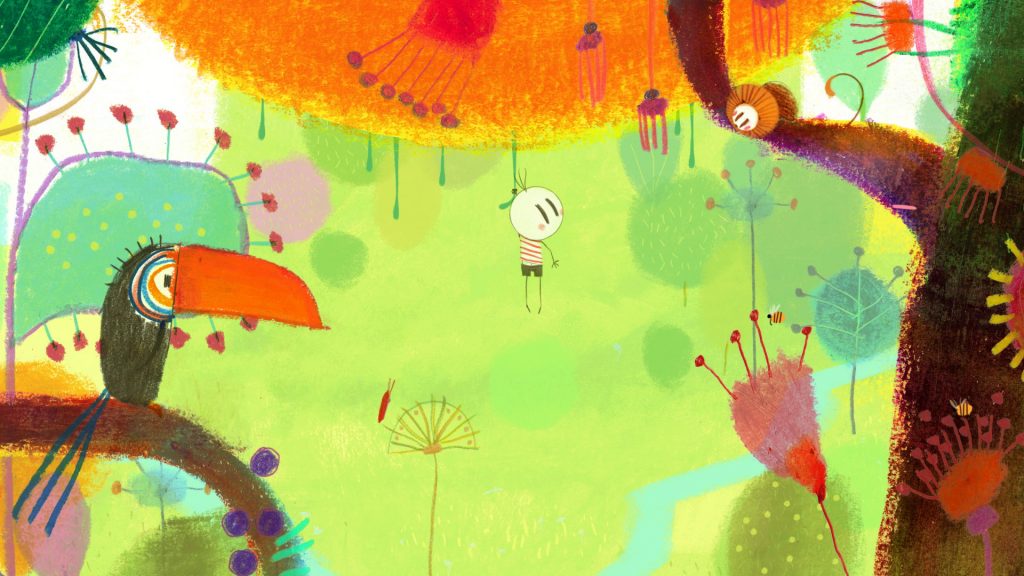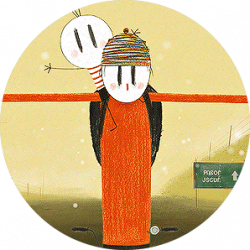This week, after getting the rough cut footage, I started on the special effects.
The first thing I did was export the video file as an image sequence so that I could parse each frame better. After that, I sorted each clip into categories and had a total of 30 shots to produce.
For the green screen keying, I mainly used the Red Gaint plug-in in AE, first using the colour grading tool to make the green more visible, then using the plug-in to subtract the green, and then using Key Cleaner to clean up the green edges so that I had a good character keying.
After that, I imported one of the frames into UE5 and used the base character model that came with it, put it into the scene and did the shot matching.
Finally, the video was exported and then imported into ae for compositing.



In addition, after completing the keying compositing of 30 shots, I also created 5 special effects shots, one where daiyu walks into the Taixu Fantasy Realm with a time portal, one where baoyu returns to the time portal in the Taixu Fantasy Realm, one where daiyu disappears from the Taixu Fantasy Realm to reach the snow scene, and the last one where baoyu disappears from the wedding scene to meet daiyu in the snow scene.





